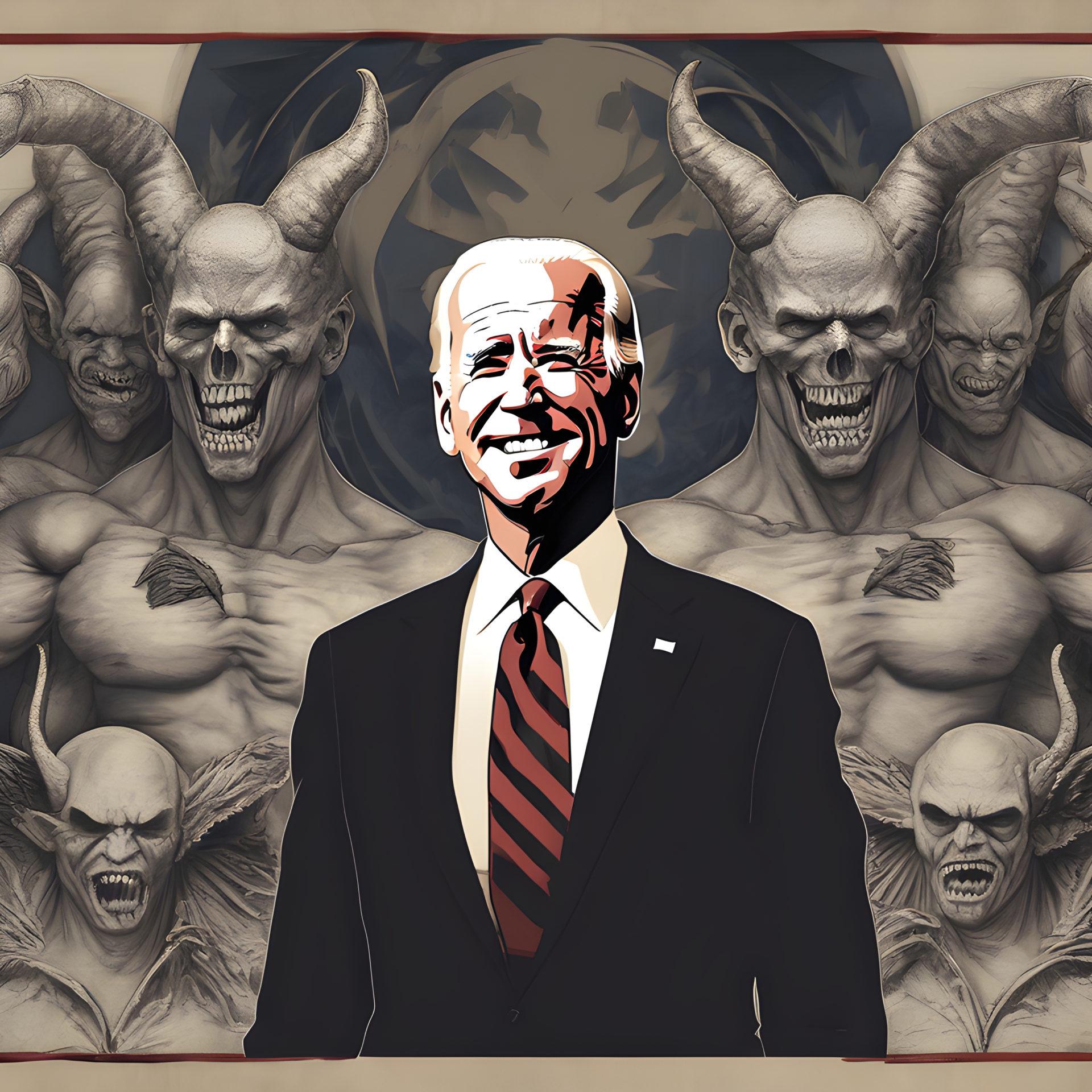(Mike Gleason, Money Metals News Service) As central bankers waver on rate cuts, precious metals markets continue to pull back.
On Wednesday, the Federal Reserve opted to leave interest rates unchanged. Given the spate of recent hotter-than-expected readings on inflation, policymakers had little choice but to postpone any plans for monetary easing.
Fed Chairman Jerome Powell conveyed confusion over the outlook for inflation and the prospects for rate cuts going forward.
Jerome Powell:
“In recent months, inflation has shown a lack of further progress toward our 2% objective, and we remain highly attentive to inflation risks.
We’ve stated that we do not expect that it will be appropriate to reduce the target range for the federal funds rate until we have gained greater confidence that inflation is moving sustainably toward 2%. So far this year, the data have not given us that greater confidence. In particular, and as I noted earlier, readings on inflation have come in above expectations.
So, I think there are paths that the economy can take that would involve cuts in their paths that wouldn’t, and I don’t have great confidence in which of those paths. I think I would say my personal forecast is that we will begin to see further progress on inflation this year. I don’t know that it will be enough, sufficient. I don’t know that it won’t.”
When asked whether the economy is headed toward stagflation, Powell insisted he doesn’t see any parallels between the late 1970s episode and today. He cited a low official unemployment rate, positive economic growth, and an inflation rate well below double digits – at least officially.
But if the Consumer Price Index was calculated today the same way it was decades ago, without all the subsequent adjustments and substitutions, then the CPI would be running at roughly double the rate being reported.
The disconnect between government economic statistics and the real-world financial struggles of typical households is revealed by plunging consumer confidence readings. In April, consumer confidence fell for a third straight month to a 21-month low. Chief among the reasons for Americans souring on the economy is rising costs of living.
Americans have been told over and over by the Fed, the Biden administration, and the mainstream media that the economy is strong.
A recent Wall Street Journal piece went so far as to try to prove that ordinary Americans are wrong to be dissatisfied with the economy because government statistics show it is doing just fine. If millions of families are finding it more difficult to pay their bills at the end of the month, well, they must all be mistaken somehow.
But their rising rent and mortgage payments, their electricity bills, their food costs, and their insurance premiums are more impactful to them than any piece of official economic data that is supposed to make them feel better. They can’t substitute a contrived price index for their actual cost of living increases.
Incumbent politicians in Washington, D.C. are panicking over the prospect of angry voters demanding change when they go to the polls this November. Some members of Congress are trying to redirect that anger toward corporations that are passing on their own rising costs of doing business to consumers.
President Joe Biden recently called for a ban on so-called “shrinkflation.” That refers to the practice of manufacturers of food and other products shrinking their portion sizes. Yes, it’s a sneaky way for manufacturers to shortchange consumers. But the alternative is to just slap higher price tags on same-sized items.
Shrinkflation is just a symptom of an underlying problem. The underlying problem is that the currency is losing value.
Currency depreciation isn’t caused by corporate greed. It’s caused by the central bank bringing excessive amounts of currency into existence — which of course facilitates excessive government deficit spending.
What consumers must do if they want to protect the value of their savings from being eroded away by inflation is own real assets that retain value regardless of how rapidly the currency depreciates.
Gold and silver represent sound money. And no matter how much the Wall Street-centric financial media try to pooh-pooh precious metals, they performed better than the stock market in the first four months of 2024.
Mike Gleason is a Director with Money Metals Exchange, a national precious metals dealer with over 500,000 customers. Gleason is a hard money advocate and a strong proponent of personal liberty, limited government, and the Austrian School of Economics. A graduate of the University of Florida, Gleason has extensive experience in management, sales, and logistics, as well as precious metals investing. He also puts his longtime broadcasting background to good use, hosting a weekly precious metals podcast since 2011, a program listened to by tens of thousands each week.

